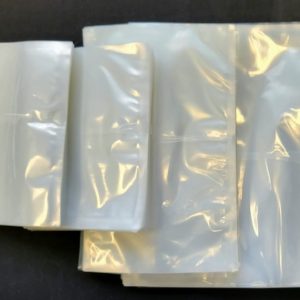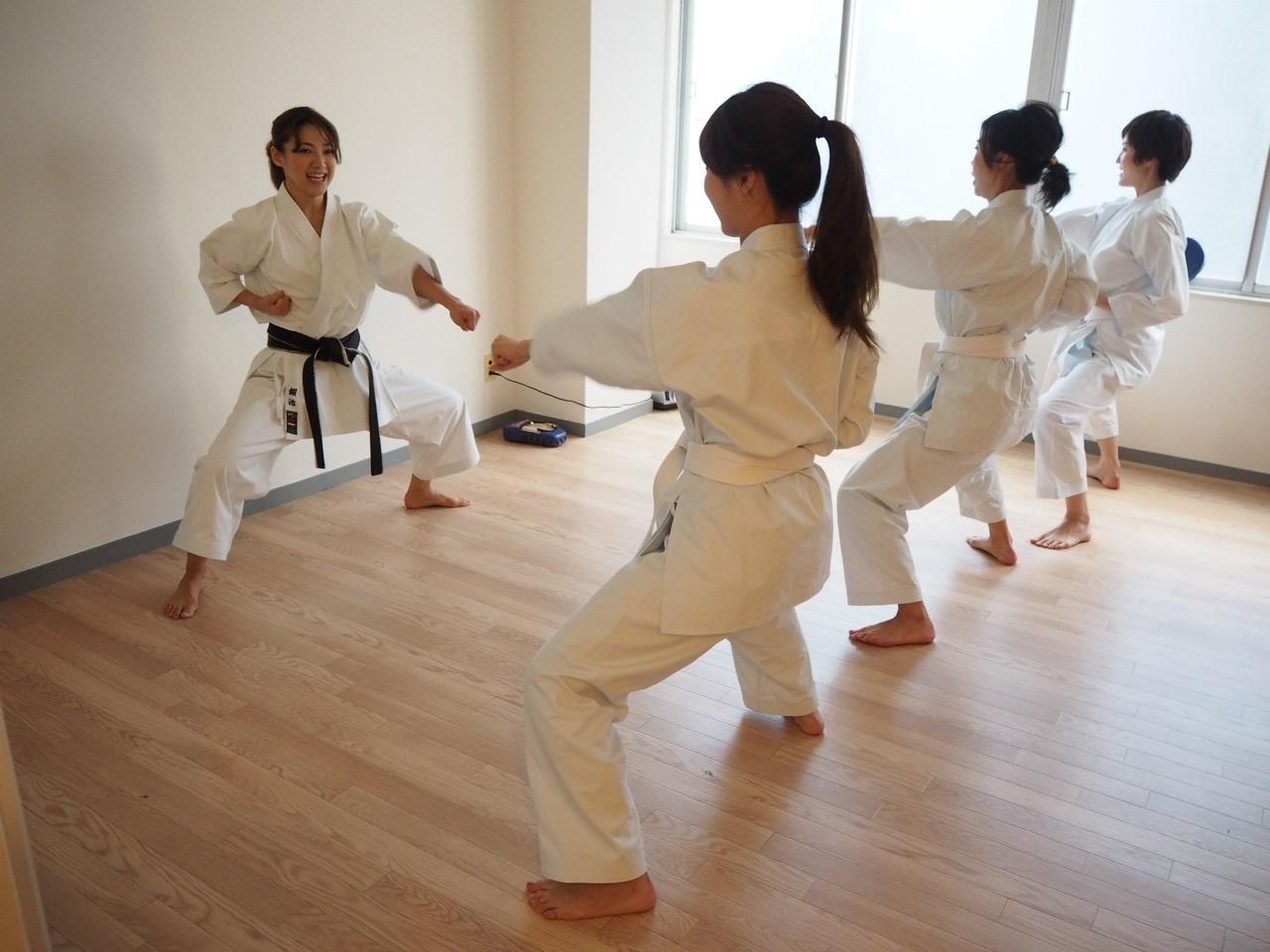When it comes to basking in the glory of sunlight, the warmth and energy it provides can be truly invigorating. However, as much as we enjoy the sun’s embrace, we must also acknowledge its potential harm. Sun exposure without adequate protection can lead to a myriad of health issues, including sunburn, premature aging, and an increased risk of skin cancer. This article aims to delve into the importance of sun protection creams and how to use them effectively to enjoy the sun safely.
The Science Behind Sun Protection Creams
Understanding how sun protection creams work is crucial for making informed choices. These creams primarily contain two types of ingredients: physical blockers and chemical filters. Physical blockers, like zinc oxide and titanium dioxide, create a barrier on the skin’s surface that reflects or scatters the UV rays. On the other hand, chemical filters, such as avobenzone and oxybenzone, work by absorbing and converting the UV rays into heat, which is then released from the skin.
Assessing Sun Protection Factor (SPF) – Debunking the Myth
SPF, or Sun Protection creams Factor, has become a household term associated with sunscreens. Many believe that higher SPF equates to better protection, but this is not entirely true. While a higher SPF does offer increased protection against UVB rays, it does not guarantee absolute defense. It is essential to understand that no sunscreen can offer complete protection from the sun’s harmful rays, regardless of the SPF. Therefore, proper application and reapplication are key, regardless of the SPF rating.
Broad-Spectrum Protection: Shielding from UVA and UVB Rays
The sun emits different types of ultraviolet (UV) rays, primarily UVA and UVB. UVA rays penetrate deep into the skin, causing premature aging and contributing to skin cancer development, while UVB rays are responsible for sunburns. An ideal sun protection cream should provide broad-spectrum protection, safeguarding the skin from both UVA and UVB rays.
The Right Way to Apply Sun Protection Creams
Proper application of sunscreen is vital for effective protection. Most people tend to under apply sunscreen, significantly reducing its effectiveness. The recommended amount of sunscreen for the face and neck is around a nickel-sized dollop, while for the entire body, you should use enough to fill a shot glass. Reapply every two hours, or more frequently if swimming or sweating profusely.
Beyond Sunscreen: Additional Sun-Safe Practices
While sunscreen is a crucial tool in sun protection creams , it should not be the only line of defense. Adopting additional sun-safe practices can further enhance protection. Wearing protective clothing, such as long-sleeved shirts, wide-brimmed hats, and UV-blocking sunglasses, can shield the skin and eyes from harmful rays. Seeking shade during peak sun hours, typically between 10 am and 4 pm when the sun’s rays are strongest, is also advisable.
Sunscreen and Your Skin Type: Finding the Perfect Match
:max_bytes(150000):strip_icc()/GettyImages-78739718-56ba81c93df78c0b136aef33.jpg)
Not all sunscreens are created equal, and choosing the right one for your skin type is crucial. Individuals with sensitive skin may benefit from mineral-based sunscreens, while those with oily skin might prefer lightweight, non-comedogenic formulas. Gel-based sunscreens are excellent for acne-prone skin, and for dry skin, a sunscreen with added moisturizers can provide nourishment and hydration.
Navigating Sunscreen Ingredients: What to Avoid
While sunscreens are essential for sun protection creams, some ingredients have raised concerns about their potential adverse effects. Oxybenzone, for example, has been associated with hormone disruption and damage to coral reefs. Similarly, octinoxate is another ingredient detrimental to marine life. Opting for sunscreens free of these and other harmful chemicals can protect both your skin and the environment.
The Importance of Sun Protection for Children
Children’s skin is particularly sensitive to UV damage, and prolonged sun exposure during childhood can significantly increase their risk of skin cancer later in life. Applying sunscreen to children older than six months is crucial, and it is advisable to use physical blockers, such as zinc oxide or titanium dioxide, on their delicate skin. Additionally, sun-protective clothing
BelleCôte Paris’s Double Sun Protection Cream
Introducing BelleCôte Paris’s Double Sun Protection creams – your ultimate companion in the quest for sun-safe skin. Designed with cutting-edge technology and fortified with a blend of physical blockers and chemical filters, this revolutionary sunscreen offers unparalleled protection against both UVA and UVB rays. Its broad-spectrum defense shields your skin from harmful sun damage while ensuring a lightweight, non-greasy application. With BelleCôte Paris’s Double Sun Protection Cream, you can confidently embrace the sun’s warm embrace without compromising on skincare. Don’t miss out on this transformative sun care solution – grab your bottle today and experience the next level of sun protection.











